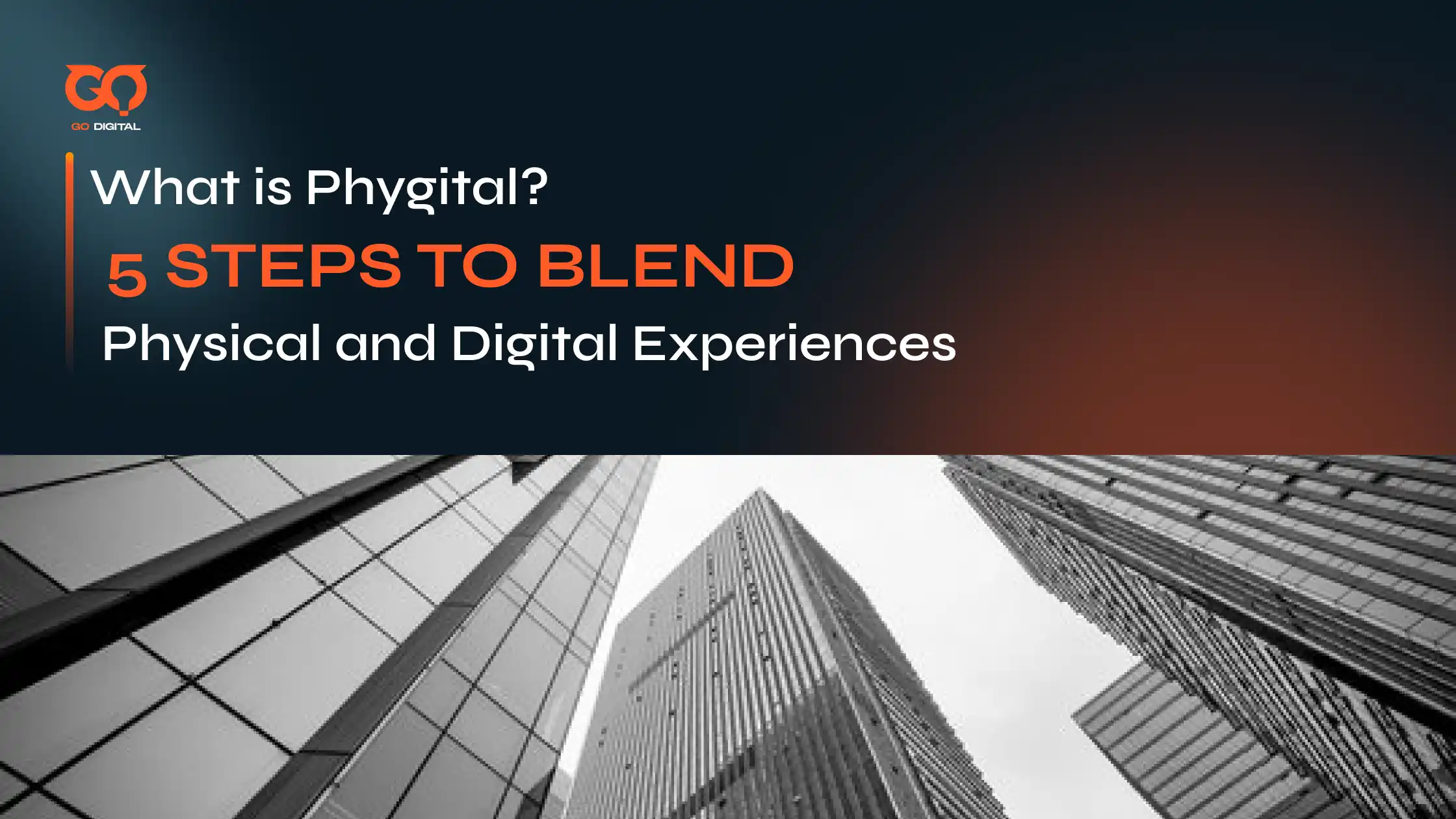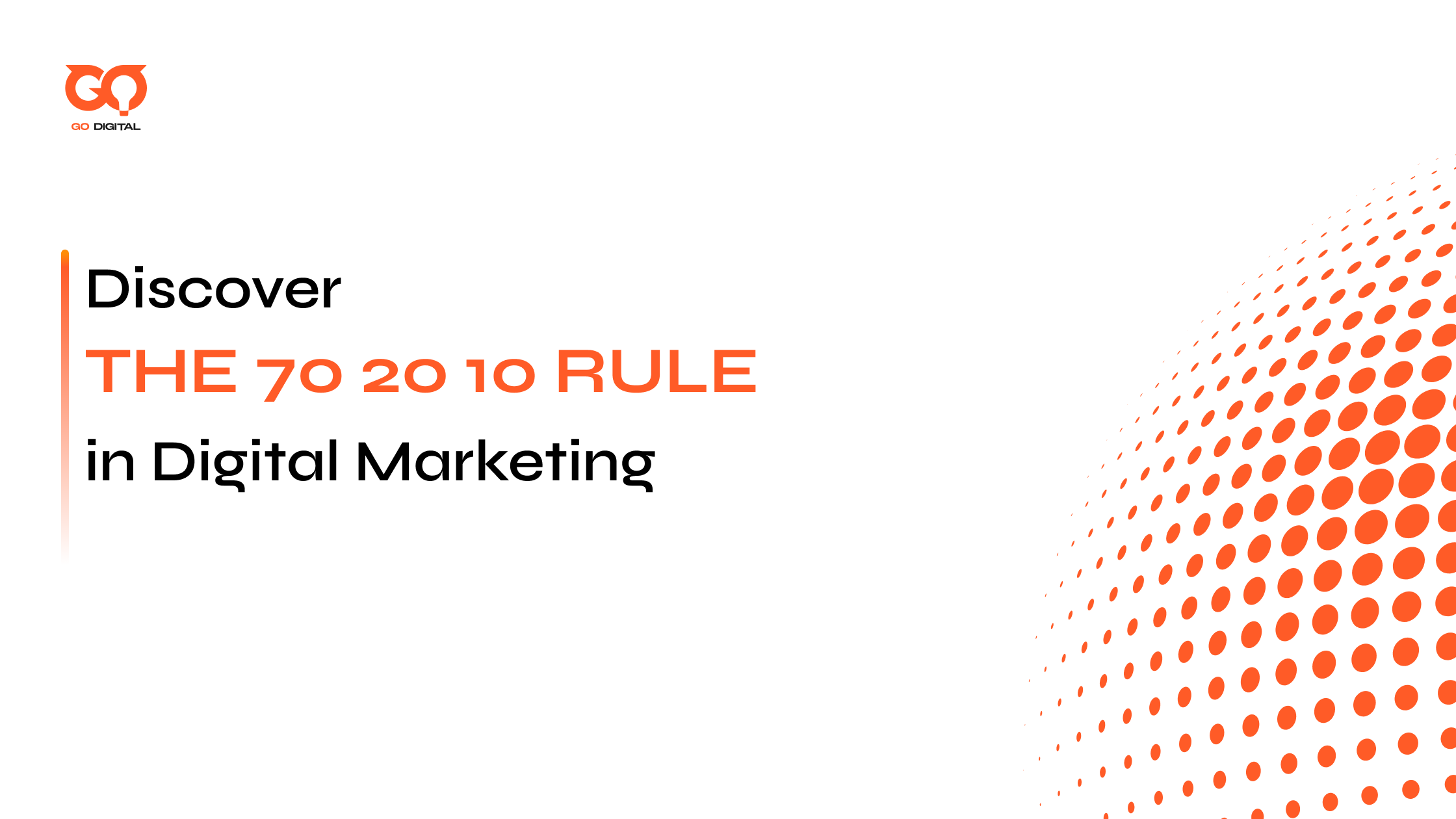The COVID-19 pandemic may have ended, but the memory of global disruptions remains a haunting challenge for the economy. In response, businesses are becoming phygital experience providers, mixing physical and digital strategies to create fresh sales methods and keep things running smoothly, no matter what.
According to the “State of Phygital 2022” report, it is estimated that with phygital’s contributions over the next 15 to 25 years, the digital economy could account for 50% of global GDP, amounting to a staggering $100 to $200 trillion.
So, what is phygital? What benefits does it offer? What challenges come with it? And how can businesses develop an effective phygital strategy? Let’s explore these questions in this blog!
What is Phygital?
Phygital is a term that combines “physical” and “digital” to describe a hybrid approach that blends physical experiences with digital interactions. It refers to the integration of digital technologies into physical spaces, allowing businesses to create dynamic experiences for customers.
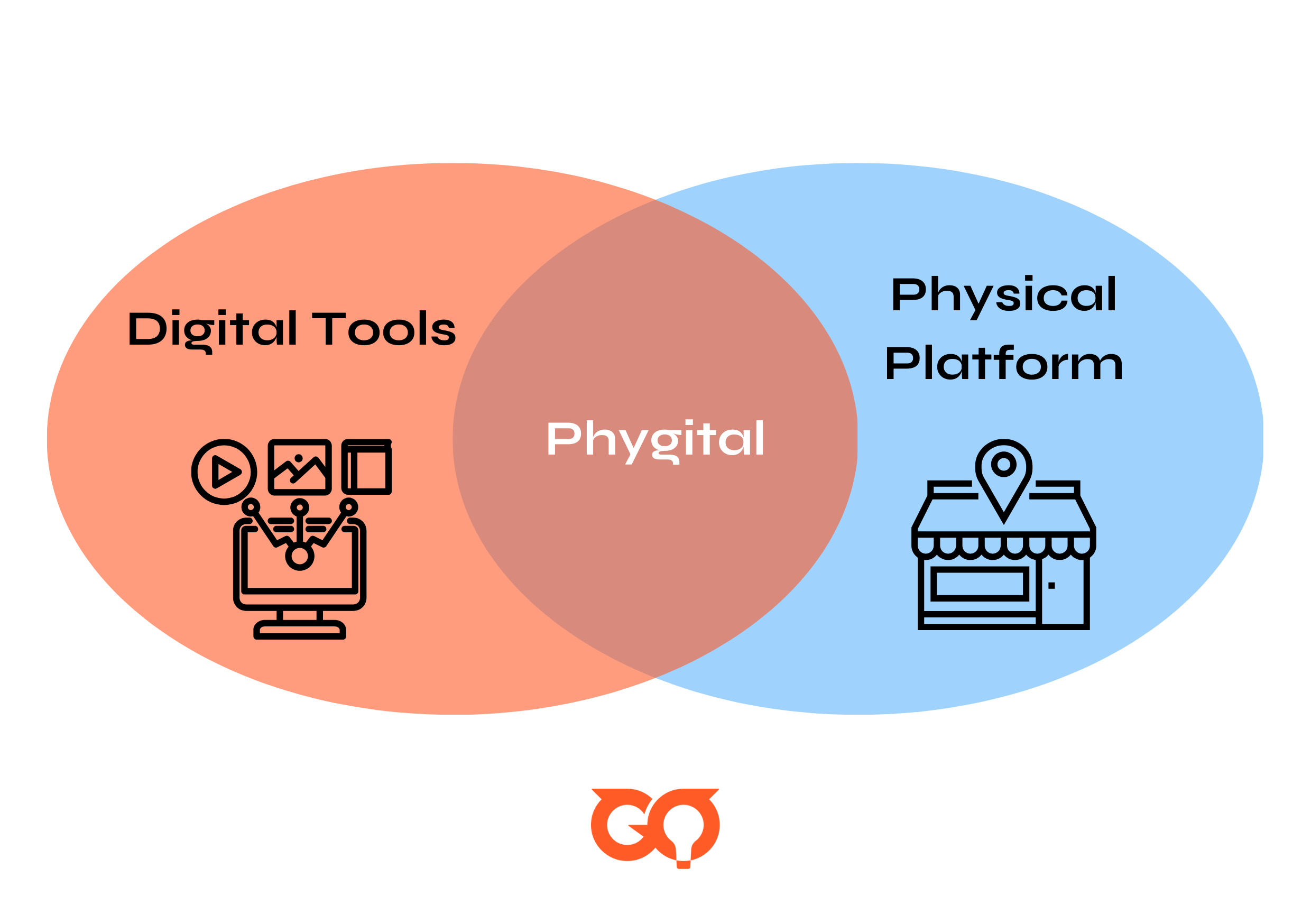
This phygital approach enables people to swap out traditional elements for exciting digital solutions. It not only streamlines everyday tasks but also opens up a new era for creativity and interaction in our increasingly digital world.
3 Examples of Phygital in Action
IKEA Place App
The IKEA Place app lets customers use augmented reality (AR) to visualize how IKEA furniture will look in their homes before making a purchase.
Customers just need to point their smartphone at the spot where they want the furniture, and the app superimposes life-sized pieces right in the room!
It not only makes the experience more enjoyable but also helps customers feel more confident in their choices, cutting down on those annoying returns.
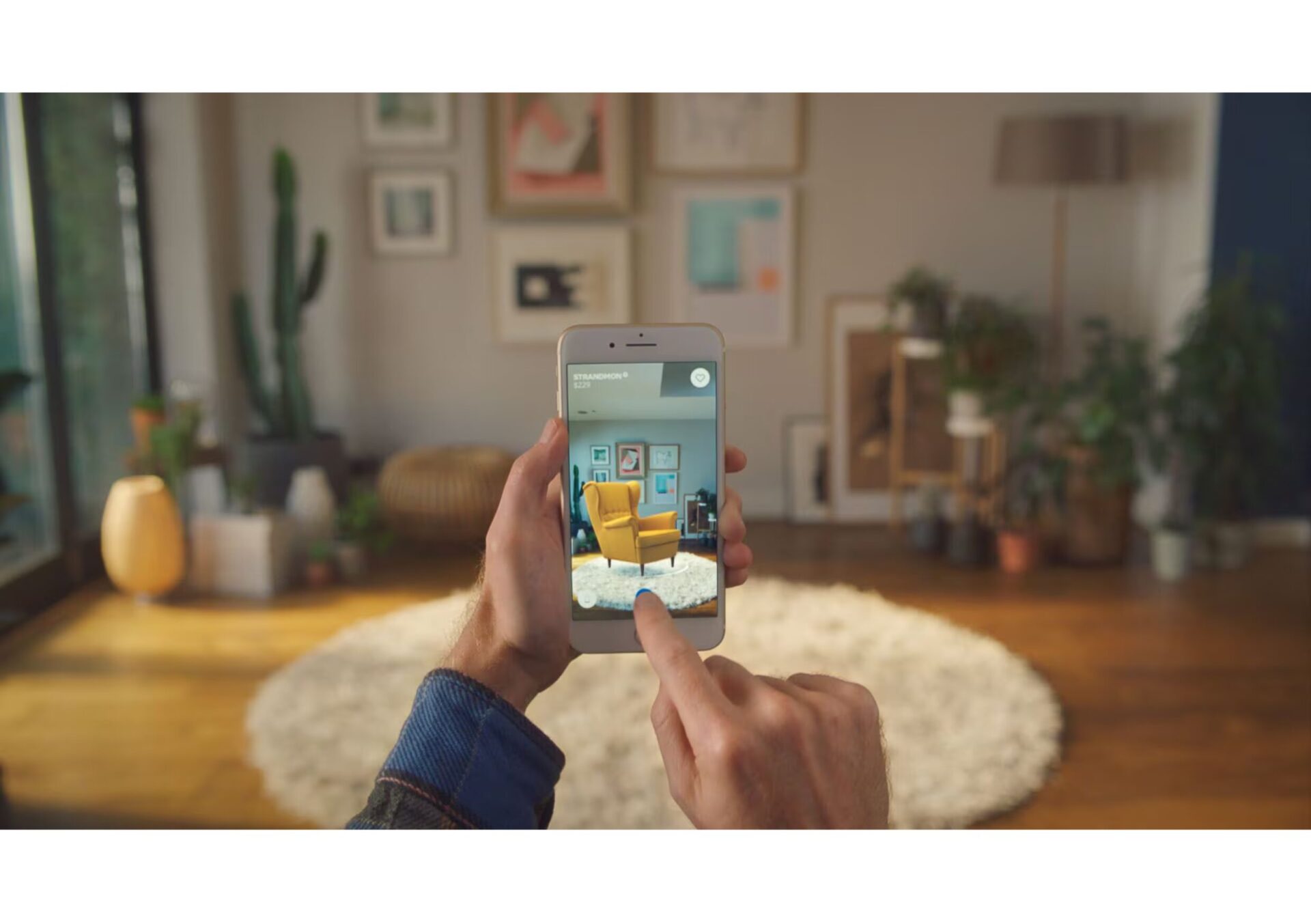
Starbucks Mobile Order and Pay Feature
The Starbucks Mobile Order and Pay feature allows customers to place their orders and pay through the Starbucks app before they even step foot in the store. When they arrive, they can skip the long lines and quickly grab their drinks!
This smooth process not only saves time but also boosts customer satisfaction. By making the buying experience simpler and more efficient, Starbucks ensures that customers keep coming back for their favorite brews!
Coachella Mobile App
The Coachella Mobile App transforms the festival experience by blending physical and digital features.
Festival-goers can access schedules, maps, and artist information right from their smartphones. They can plan their day, discover new acts, and receive real-time updates.
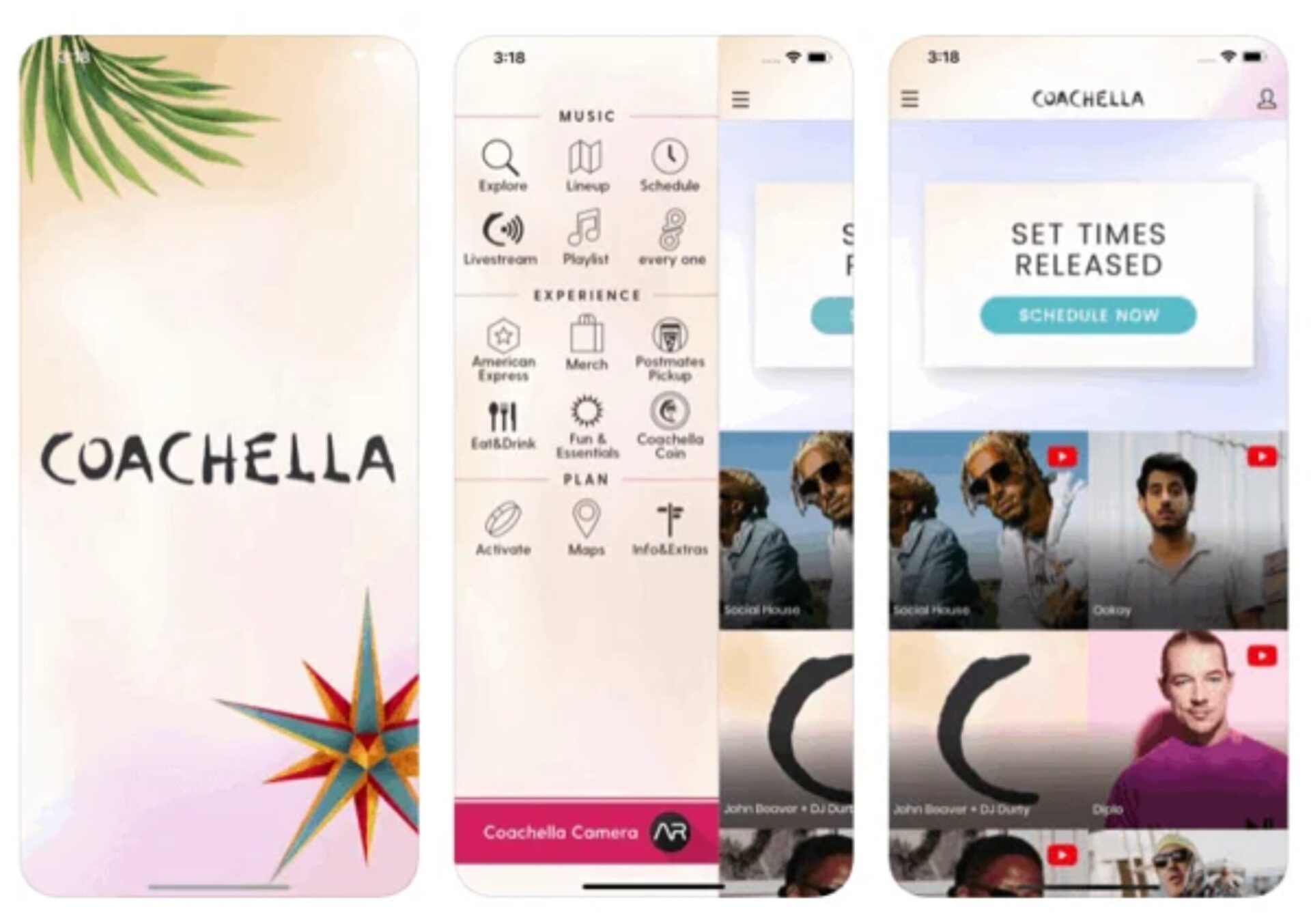
This handy tool keeps attendees organized and connected, adding excitement to the festival. When fans feel engaged, they’re more likely to have a memorable time and return for future events!
What Benefits Do Phygital Experiences Offer to Businesses?
Phygital isn’t just a trend; it’s a game-changer reshaping how businesses interact with their customers and create value! Entire economies have sprung up from just a smartphone, and the same is happening with phygital!
Let’s dive into the key benefits that phygital experiences offer to businesses:
- Enhanced Customer Engagement and Increased Sales:
Phygital experiences do more than just boost customer engagement with unique and interactive moments through omni-channel; they also make shopping easier and more convenient. When customers enjoy their shopping journey, they feel a stronger connection to the brand.
To better understand, let’s say you own a clothing store. By installing intelligent mirrors that allow virtual try-ons, you can provide your customers with a magical shopping experience: They can see how different outfits look on them without having to change clothes!

Sounds fun, right? This interactive feature not only grabs their attention but also keeps them engaged longer. Plus, when your customers feel like they’re getting a personalized experience, they leave the store happier and are more likely to return and share their positive experiences with others. Ultimately, this all drives sales growth.
- Data-Driven Insights and Personalized Marketing
Phygitally gathered data means collecting information from both physical and digital interactions, giving you a complete 360-degree view of your customers. It’s like getting to know them inside and out, helping you understand what they love and how they prefer to shop!
This data opens the door to more personalized marketing, allowing brands to craft messages and offers that feel like they were made just for each customer. It’s like tailoring a suit—when it fits perfectly, it makes a lasting impression!
This connection not only boosts customer loyalty but also increases conversion rates, turning casual shoppers into dedicated fans.
- Operational Efficiency
Phygital solutions simplify operations by adding technology to everyday tasks. This cuts down on manual tasks and reduces mistakes, boosting overall efficiency. A streamlined operation gives businesses more room to focus on delivering better customer service and quickly adapting to market changes.
And reality has proven this to be true. At Amazon Go stores, shoppers can simply walk in, grab their favorite items, and just stroll out—no lines, no waiting! With checkout-free systems, their Amazon account is automatically charged as they exit.
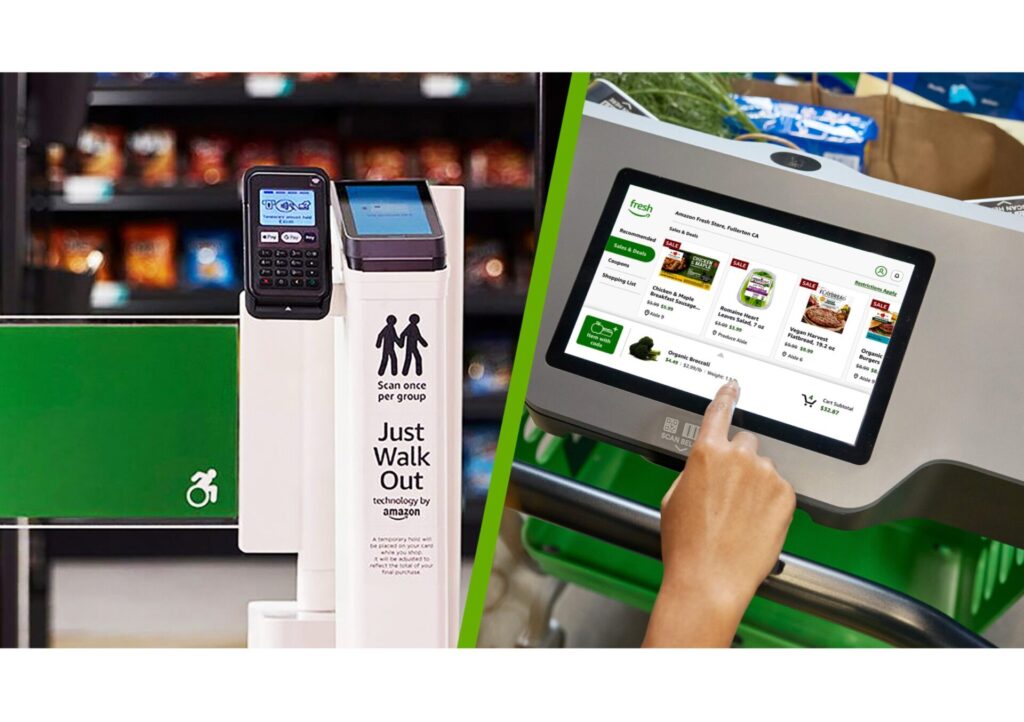
Imagine if we had this kind of tech in every grocery store! Shopping could become a breeze, with checkout taking just seconds! Customers who shop faster and more easily are more likely to return for future purchases. It’s a win-win for both customers and businesses!
| In short, phygital can help businesses stand out against traditional competitors. It combines physical and digital experiences, creating memorable moments that keep customers coming back for more! |
How Can Businesses Develop a Phygital Strategy?
Ready to dive into the world of phygital and transform your business to provide your customers with a fresh experience? If so, let’s explore the steps to create an impactful phygital approach and the tools to support it!
5 Essential Steps to Create an Effective Phygital Experience
Step 1 – Understand your audience: It’s always the same: the customer is always right. Your business must adapt to their ever-changing needs. So, use surveys, feedback, and data analytics—whatever you can get your hands on! It can be a friendly chat with your customers. This way, you can create a shopping journey that feels just right for them!
Step 2 – Define clear goals: Setting clear goals is like having a roadmap for your phygital journey. Align your expected achievements with a KPI dashboard to track performance. With clear objectives and metrics, you can steer your business in the right direction and celebrate your wins along the way!
Step 3 – Integrate technology: Choose the right technology that enhances the customer journey. Whether it’s AR for virtual try-ons or mobile apps for seamless payments, ensure that technology adds value without overwhelming customers.
Step 4 – Invest in training and support: Make sure that your staff can deliver great phygital experiences for customers. Equip them with skills in both technology and customer service. Also, offer customers support options to boost their confidence with new tech. This way, everyone has a smoother phygital journey!
Step 5 – Gather feedback and Iterate: After launching, collect feedback from customers to learn what they liked and what could be better. Use this input to make adjustments and improvements, ensuring your phygital strategy evolves with your customers’ needs!
Now that you know how to navigate your phygital journey, let me introduce you to:
3 Key Tools and Technologies for Successful Phygital Implementation
- Mobile Payment Solutions: Using mobile payment options like Apple Pay or Google Wallet makes shopping a snap! Customers can easily pay online or in-store, speeding up the process. Plus, these solutions are simple for businesses to adopt, kickstarting their phygital journey.
- Augmented Reality (AR) Tools: AR technology brings products to life! With tools like ARKit and ARCore, customers can see how items look in real-world settings. This tech is growing fast, showcasing a clear blend of physical and digital experiences.
- Customer Relationship Management (CRM) Systems: A good CRM system is like a compass for your business. It tracks customer interactions and helps personalize marketing, making shopping more enjoyable. By integrating direct marketing efforts and spotting trends in customer behavior, it guides smart decisions and strengthens relationships, leading to loyal customers.
What Considerations Should Be Acknowledged?
Phygital is a promising path, but watch out: there are always challenges waiting for you! Let’s us find out some:
- Cost of implementation: Adopting new technology can get pricey! Businesses need to weigh the potential perks against the costs of bringing phygital solutions on board.
- Data privacy and security concerns: With digital tools in play, keeping customer data safe is essential. Failing to do so puts businesses at risk of data breaches and can lead to a collapse of customer trust.
- Balancing physical and digital experiences: Finding the sweet spot between physical and digital interactions can be tricky. It’s important that neither side overshadows the other, creating a smooth experience for customers.
- Customer resistance to change: Some customers might feel unsure about new technologies or shopping methods. It’s key to educate them and make their transition into phygital experiences as easy as pie!
- Maintaining consistency: Keeping a consistent brand experience across physical and digital channels is no walk in the park. Businesses must align their marketing and operations to avoid confusion.
While the challenges of implementing phygital are many, the benefits are worth the effort. It opens the door to memorable customer experiences and increased engagement. So, despite the bumps along the way, it’s time to give phygital a try and enjoy the sweet fruits of innovation!
Don’t Wait to Go Phygital!
You might think phygital concept is futuristic or only for those with fancy tech, but that’s simply not true. Phygital experiences are all around us, and they’re becoming more common every day.
If you look closely, you’ll find phygital elements in places you visit regularly, enhancing your interactions in ways you might not even realize. So, take the leap and integrate phygital into your business strategy. The future is here, and it’s time to make the most of it!
FAQs
Q1. What is the role of data in phygital experiences?
Data plays a crucial role by providing insights into customer preferences and behaviors, enabling businesses to create personalized experiences and targeted marketing efforts.
Q2. How can I ensure data privacy in my phygital strategy?
Implement robust security measures, inform customers about data usage, and comply with relevant data protection regulations to maintain their trust.
Q3. Are phygital experiences suitable for all types and all size of businesses?
Yes, phygital experiences work for businesses of all sizes. Small shops can use mobile payments, while larger companies can implement augmented reality. These solutions can be customized for various industries, enhancing the shopping experience for all.


